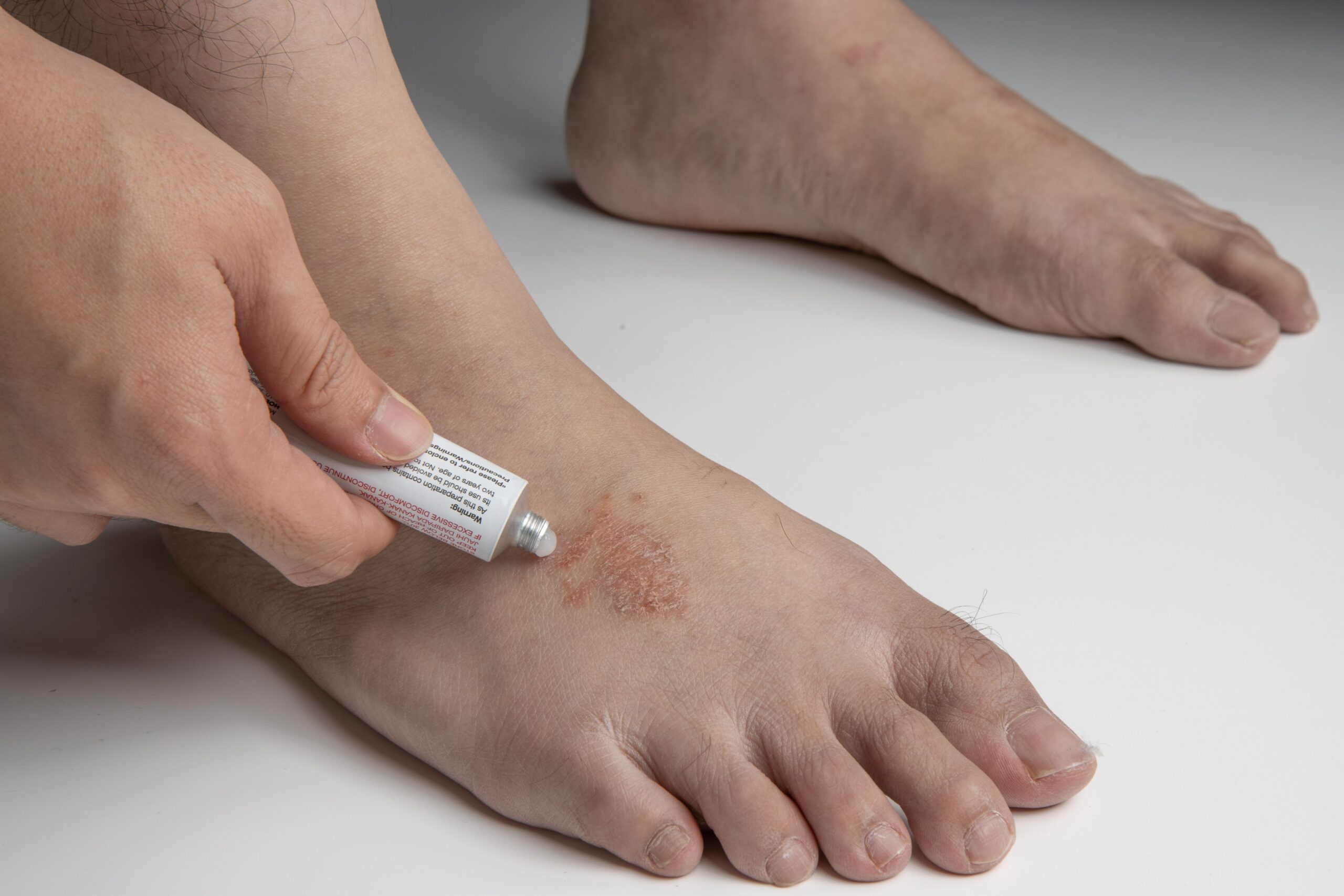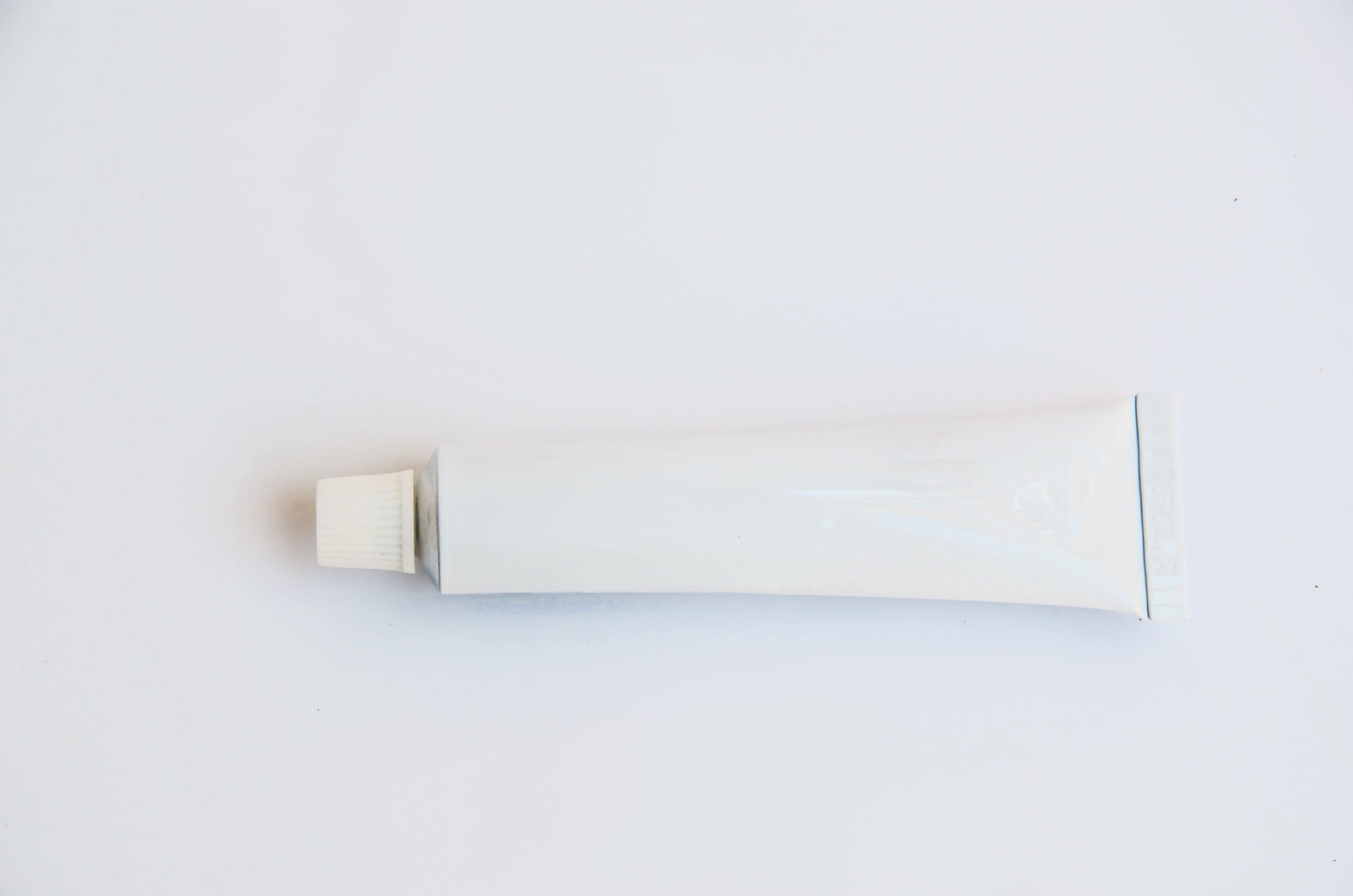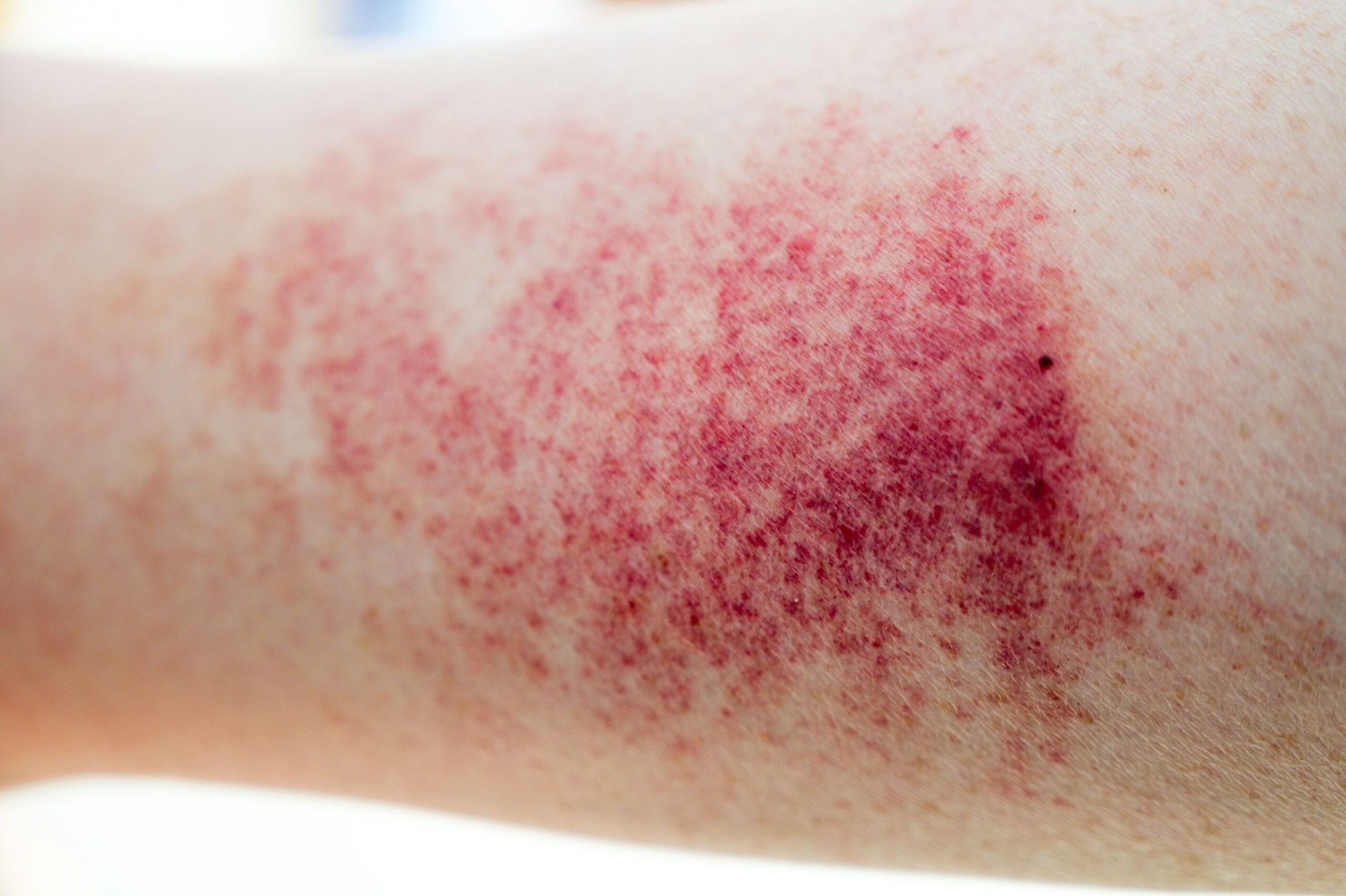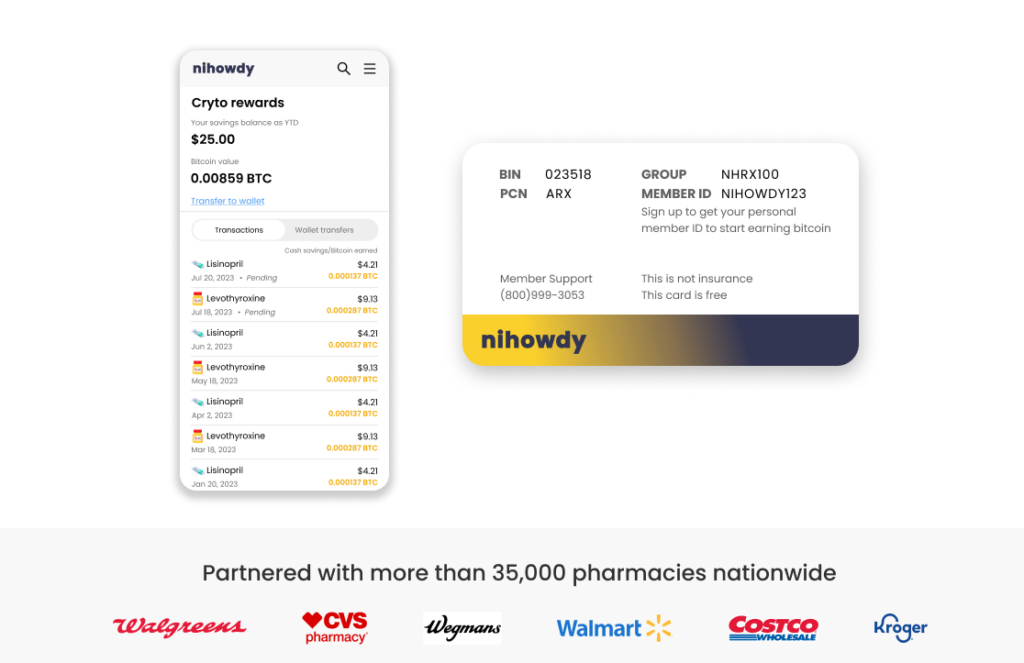Beat Fungal Infections: Top Antifungal Creams


Got a fungal infection? This article provides top picks for antifungal creams to ease the discomfort and quickly eliminate the infection. Read our no-nonsense advice on the best options to make an informed decision on your treatment for quick relief.
Quick Facts
Antifungal creams like miconazole and clotrimazole work by breaking down the fungus’s cell walls. The right one for you depends on the infection and your health.
Many people find over-the-counter antifungal treatments effective, but persistent or severe infections may require prescription creams or oral medications. Always follow your healthcare provider’s advice on treatment duration and managing side effects.
Prevention is critical to avoiding recurring fungal infections. That means keeping skin dry, wearing breathable fabrics, and using antifungal powders or sprays. Prescription discount cards like NiHowdy can provide financial relief.

Which Antifungal Cream is Right for Your Skin
Looking at the rows of antifungal creams on the pharmacy shelves, you may wonder which will eliminate your fungal infection. To start treatment for fungal infections, you must know that each cream has a different formulation. Over-the-counter and prescription antifungal creams are the first defense against the uncomfortable symptoms of fungal skin infections – itching, redness, and peeling skin. Ingredients like miconazole and clotrimazole are the active ingredients in these products. They work by stopping the fungi’s growth by breaking down their cellular structures.
Talk to your pharmacist or healthcare provider before treating a yeast infection or other condition – this is important. If you have other health issues or allergies or are pregnant or breastfeeding, conditions must be considered when choosing the proper antidote, whether in cream, gel, or ointment form. Your healthcare provider can help determine the right product and create a customized plan for your fungus type and health.
Athlete’s Foot
When fighting the fungal infection of athlete’s foot, which lives between the toes, clotrimazole and miconazole are top choices. These over-the-counter heavy hitters are the best in the antifungal business. Clotrimazole is particularly effective and tackles a wide range of fungal skin infections by breaking down the cell walls of the fungi—this stops them from multiplying and spreading. Miconazole works similarly and is just as effective against these tough invaders.
If you’re experiencing the itch and burn of athlete’s foot, add clotrimazole or miconazole to your treatment plan. By applying these powerful creams regularly, you’ll get relief fast. Be consistent. Consistency is key so you can say goodbye to those unwanted fungi in your toes.
Jock Itch
Fungal infections, especially jock itch in the groin area, are miserable. Relief can be found with miconazole cream, which tackles the itching and redness of this annoying condition. But it’s not the only one. Tolnaftate cream also works when used twice a day. Ultimately, treatment should be done for two weeks to eliminate the infection.
You can get infected with this anytime – athlete or not – and managing it requires miconazole or tolnaftate creams. The key is consistency and completing the entire treatment. Be proactive against jock itch so you can get back to your usual self without discomfort getting in the way of your path to symptom-free days.
Treatments for Ringworm
Despite the name, ringworm is a fungal infection, not a worm. The hero ingredient in Lamisil AT, Terbinafine, attacks the circular irritant. It stops the growth of fungal cells, which collapse and prevent the infection from spreading. Over-the-counter antifungal creams are a quick and easy solution for milder infections like ringworms to get your skin back to normal.
If you or someone you know gets ringworm, grab a tube of Lamisil AT. Follow this treatment plan and return to smooth and clear skin. But remember, banishing visible symptoms is only half the battle with ringworms. It would be best if you made sure the entire infection is gone.

How to Use Antifungal Creams
Having a strategy with the best antifungal cream in your hand would be best. Consult an expert to know how long you’ll be battling your fungal enemy—from weeks to months to years, depending on the severity and type of infection you have. For common skin infections like athlete’s foot or ringworm, a two-week treatment is the standard. Don’t be surprised if your doctor prescribes six weeks of treatment for a stubborn infection.
But what should you do when the infection persists or worsens despite using antifungal creams? This is when you need to escalate and use prescription-strength antifungal creams that can tackle infections resistant to over-the-counter creams. Don’t compensate for missed applications by doubling doses—apply as soon as possible unless it’s almost time for your next dose. If it’s close to your next dose schedule, skip the missed dose and continue.
Application Tips
To get the most out of your antifungal cream for tinea versicolor, apply it with precision and care. Here’s how:
Wash and dry the skin where the infection is present before applying.
Apply twice a day or as directed by your doctor.
Depending on the medication and area of the body where the infection is, do this for one week to a month.
Be patient and precise when applying antifungal creams. Cover the infected area with a thin layer so no fungal cells survive. Stick to this routine, and you’ll get rid of infections like tinea versicolor fast, and your skin will return to its natural balance and comfort.

Side Effects
In the war against severe fungal infections like vaginal yeast infections and other yeast infections, you may experience:
itching
redness
rash
skin irritation
These are not defeats—just minor hiccups on your way to healing. Creams with butenafine or miconazole may cause burning, stinging, or itching when applied, and terbinafine may cause skin irritation.
If you experience mild discomfort or irritation during treatment of a fungal infection, pause and consult with your doctor. If you experience severe reactions, like allergic reactions or difficulty breathing, seek medical attention or call a poison control center.
Listen to your body – timely action will save your health and sanity while eliminating the fungi.
Oral Antifungals vs Topical Creams
When dealing with fungal skin infections, choosing between oral antifungals and topical antifungals is crucial; for more severe infections like those on nails, scalp, or beard areas, oral may be necessary as these tend to resist surface-level treatment. Considerations like safety during pregnancy and breastfeeding and possible interactions with other meds require professional advice to choose the right medication.
Time of treatment is also essential in managing fungal skin conditions. Some infections may clear up in weeks, while others, like nail fungus, may require two-month treatment with terbinafine. There’s always the risk of fungi developing resistance to antifungals—a consequence of prolonged or incorrect use of these medications—that will complicate future treatment.
Antifungal Injections in Severe Cases
Antifungal injections are the frontline defense when a fungal infection becomes too severe for creams and pills to handle. These injections are for life-threatening or systemic infections beyond the skin surface, for conditions like candidemia or meningitis. In this arsenal of treatments are powerful meds like Amphotericin, flucytosine, and itraconazole—each for specific use against aggressive fungal threats.
Faced with these tough pathogens, you must realize that these strong injections—meant to treat serious infections—are part of a well-thought-out treatment plan managed by experts. They reinforce when you need a more aggressive approach to eliminate the disease and achieve full recovery.
How to Prevent Fungal Infections
Getting rid of a fungal infection on your skin is a relief, but the ultimate win is preventing those fungi from returning. Your best defense is to take preventive measures to keep them away. Keeping your skin clean and dry will strengthen your defenses against these fungal intruders by creating an environment that’s not conducive to their survival. Be mindful in damp areas like gym locker rooms or swimming pools. Be aware, and you’ll minimize your chances of getting another skin infection.
Wearing breathable clothing is vital armor in this battle. These fabrics allow air to circulate, which prevents sweat from accumulating—a condition that fungi love to grow in. Changing socks and shoes often can help repel these microbial invaders for active athletes. Don’t forget that antifungal powders or sprays are proactive protection to add to your defense against fungal infections.
How to Save on Antifungal Treatments
You don’t have to break the bank to fight fungal infections. NiHowdy’s prescription discount card is an added boost to your arsenal against these infections, giving you significant discounts on antifungal meds and one less thing to worry about in your recovery.
NiHowdy’s discount card applies to around 35,000 pharmacies nationwide – whether you’re insured, on Medicare, or have no insurance. You can use it yourself, regardless of your coverage. But its use isn’t limited to you. Friends, family members, and even pets can use the same card when they get fungal infections, too – so everyone around you is prepared for such health issues if they arise.
Over-the-counter vs Prescription Strength Antifungal Creams
When you have fungal infections, you may wonder if you should use antifungal creams available over the counter or prescription-strength meds. If the infection persists and spreads all over your skin or if you have health issues like diabetes, poor circulation, or a compromised immune system that makes it harder to treat fungal infections, it’s best to consult a doctor for prescribed meds.
Prescription-strength antifungal medications are for severe and recurring infections and are resistant to over-the-counter options. These strong creams are for areas affected by infection that are hard to reach with over-the-counter options, like nails, beard hair, or scalp. They are effective in clearing up the condition and helping your skin get back to normal.
Conclusion
As we wrap up our antifungal therapies, it’s clear that getting rid of fungal infections is no small battle. It’s a big war that requires the right approach, tools, and knowledge. We’ve given you the basics, from choosing the right antifungal cream to understanding oral meds and injectables. Preventive tips and cost-saving strategies like NiHowdy’s prescription discount card will protect you beyond the initial win.
Remember, for conditions like athlete’s foot, jock itch, or ringworm, there’s a treatment plan for you. Consult with healthcare experts, be diligent in applying treatments, and be aware of the side effects of these meds. With persistence and strategic therapy application, you can conquer fungal invaders and prevent future attacks. With this knowledge, march on and return to being comfortable and confident with skin free of fungal invasions.
Frequently Asked Questions
How long do I use antifungal cream for an athlete’s foot?
Apply antifungal cream to the athlete’s foot for at least two weeks. Depending on the severity of the infection, your doctor may recommend up to 6 weeks of treatment.
Can I use over-the-counter antifungal creams for any fungal infection?
For minor fungal skin infections like athlete’s foot, jock itch, and ringworm, you can treat them with over-the-counter antifungal creams. For severe or recurring skin infections, consult a doctor for stronger prescription meds or topical ointments.
What precautions should I take when using antifungal creams?
Yes, before using antifungal creams, consult a healthcare provider or pharmacist. This is especially important if you have pre-existing medical conditions or allergies or if you’re pregnant or nursing. Be aware of the side effects, and if severe reactions occur, seek medical help immediately.
What if I miss a dose of antifungal cream?
If you miss a dose of antifungal cream, apply it as soon as you remember. If it’s almost time for your next dose, skip the missed dose and return to your regular dosing schedule.
Don’t apply extra cream to make up for a missed dose.
Can antifungal creams prevent infections?
If you’re concerned about getting infected, using antifungal powders or sprays as a preventive measure can be helpful in high-risk areas for fungal skin infections, such as locker rooms or swimming pools.


